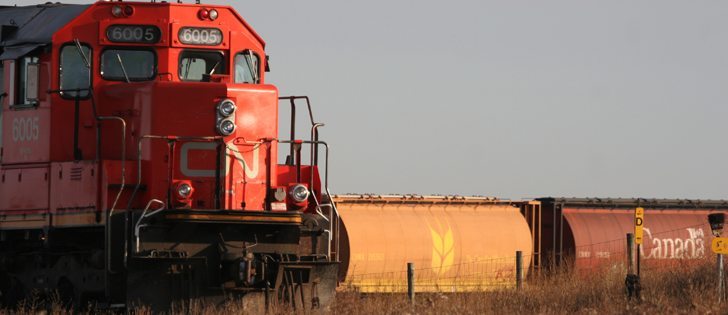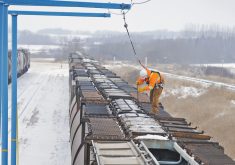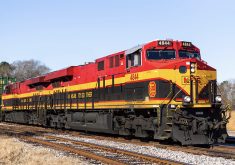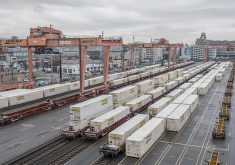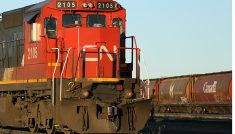Canada’s two largest railway companies appear to be on board with Ottawa’s plan to limit polluting emissions for railway locomotives.
Last month, the federal government announced its intention to place limits on Canadian locomotive emissions, bringing them in line with U.S. standards.
The limits are aimed at protecting the environment and limiting the impact on human health, Ottawa said.
The proposed new standards were announced June 17 by federal transport minister Marc Garneau and are expected to come into force later this year.
Read Also

Canadian Food Inspection Agency extends chronic wasting disease control program consultation deadline
Date extended for consultation period of changes to CWD program
Last week, officials from Canadian Pacific Railway and Canadian National Railway responded to Ottawa’s suggestion that most of the heavy work has already taken place.
“CP has been part of a railway industry memorandum of understanding (MOU) that has been applying (U.S.) emissions standards for locomotives operating in Canada since 1995,” CP said in a statement.
“Since that time, all new and remanufactured locomotives to join our fleet have adhered to those standards.”
CP said more than 95 percent of its fleet has already been upgraded to U.S. Environmental Protection Agency standards.
Plans are in place to upgrade the remainder of the CP fleet as part of the company’s scheduled overhauls over the next several years.
“As a result, we anticipate little or no impact from the new Government of Canada regulations,” CP said.
CN said it has achieved a 36 percent improvement in fuel and carbon efficiency in the last 20 years, based on fuel consumption per 1,000 gross ton miles.
“CN — and the Canadian rail industry — have done much over the past 20 years to reduce the carbon footprint of rail operations, including the reduction locomotive fuel consumption, greenhouse gas emissions and criteria air contaminants such as nitrogen oxides, carbon monoxide and hydro carbons, in part under a memorandum of understanding between the rail industry and Transport Canada that first took effect in 1995,” the company said in a statement.
“CN looks forward to working collaboratively with the government to ensure that the railway industry continues to be a sustainable transportation solution for reducing emissions in Canada.”
Smaller Canadian railways that normally operate older locomotives are expected to be exempt from the new emissions standards.
Contact brian.cross@producer.com


